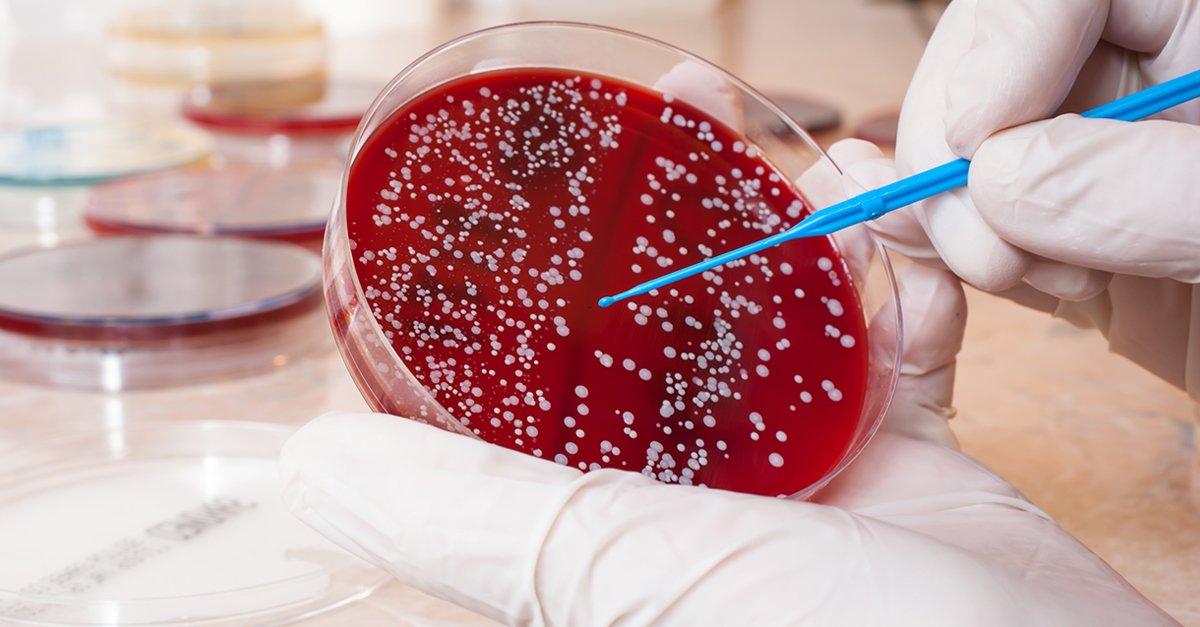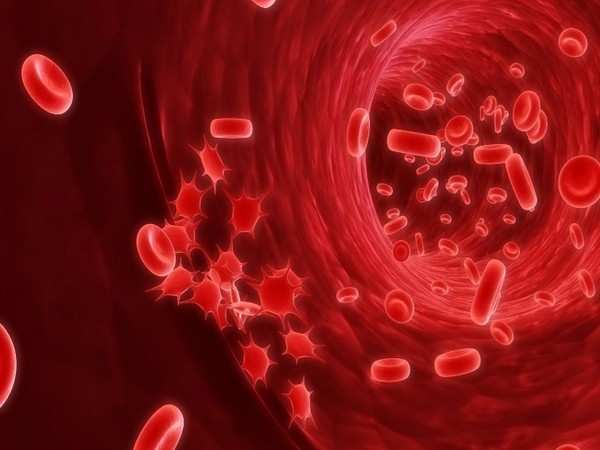An interdisciplinary team of UCLA scientists has found that small mobile neuroendocrine cancers from various tissues have a common molecular signature and proportion drug sensitivities with blood cancers. The discoveries ought to enhance the diagnoses of these aggressive cancers and improve recent remedies that construct upon the lessons found out from a success of blood cancer remedies.
 Small neuroendocrine cell cancers—also referred to as small cellular cancers—are lethal most cancers subtypes, defined by their traits beneath the microscope. They are speedy-developing, remedy-resistant, and may appear in various epithelial tissues. They are most normally found within the lungs, with rare instances in the prostate, bladder, breast, and skin. Small mobile cancers may also turn out to be an increasing number of commonplace as non-small cellular cancers can remodel into this enormously aggressive kind to face up to remedy. The take a look at, led by senior authors Thomas Graeber and Dr. Owen Witte, the UCLA Eli and Edythe Broad Center of Regenerative Medicine and Stem Cell Research and Jonsson Comprehensive Cancer Center, become published in Cancer Cell.
Small neuroendocrine cell cancers—also referred to as small cellular cancers—are lethal most cancers subtypes, defined by their traits beneath the microscope. They are speedy-developing, remedy-resistant, and may appear in various epithelial tissues. They are most normally found within the lungs, with rare instances in the prostate, bladder, breast, and skin. Small mobile cancers may also turn out to be an increasing number of commonplace as non-small cellular cancers can remodel into this enormously aggressive kind to face up to remedy. The take a look at, led by senior authors Thomas Graeber and Dr. Owen Witte, the UCLA Eli and Edythe Broad Center of Regenerative Medicine and Stem Cell Research and Jonsson Comprehensive Cancer Center, become published in Cancer Cell.
“Transformation to the small mobile kind has to turn out to be a ‘getaway path’ that cancers use to prevent the consequences of centered therapies,” said Graeber, director of the UCLA Metabolomics Center and professor of molecular and scientific pharmacology. “Our group is looking for commonalities that can be centered using pills to deal with those cancers and save you less aggressive cancers from transforming into this kind.”
Previous studies from this institution found that small cell cancers of the prostate and lung have shared molecular mechanisms. For the present-day study, the crew took a broader view using reading genetic and molecular statistics from small mobile cancers originating in a huge variety of tissues.
“Our research is guided by way of insights from the sanatorium, and pathologists—the docs who closely have a look at tumor cells to diagnose ailment—tend to describe the functions of small cellular cancers very further,” stated Witte, founding director of the UCLA Broad Stem Cell Research Center and professor of microbiology, immunology and molecular genetics. “We figured if those cancers have common physical features, they likely have molecular similarities as properly.” Pursuing this hypothesis, co-first authors Nikolas Balanis and Katherine Sheu used computational strategies to research a publicly to be had dataset containing genetic and molecular profiles of more than 10,000 affected person tumor samples spanning more than 35 small cells and non-small mobile most cancers sorts. The algorithm they used, called important component evaluation, reveals the strongest tendencies inside huge volumes of statistics.
Their analysis discovered a molecular signature shared throughout small cellular cancers and cancers inside the method of evolving into the small mobile type, irrespective of the tissue’s starting place. To validate these findings, co-creator Dr. Jiaoti Huang, a former UCLA professor of pathology and urology, examined 28 tumors with the molecular signature. Huang, who now holds a chair of pathology at Duke University, decided that 26 tumors (or ninety-three %) had detectable small cell capabilities. “Because those statistics contained patient results, we had been capable of seeing that sufferers whose tumors bore this molecular signature had worse survival charges than people whose tumors did not have this signature,” stated Balanis, a postdoctoral researcher in Graeber’s lab. “So our wish is that sooner or later, people with cancer could have their tumors screened for this signature early on to identify when the greater aggressive remedy is needed.”
Even if small cell cancers may be detected faster, there are currently no effective remedies. The group hopes its findings can help by making it less difficult to observe small cellular cancers and look at potential cures.
“Our findings propose that matters discovered in small mobile cancers of 1 tissue ought to observe to different tissue kinds,” said Sheu, a graduate student at UCLA and Caltech’s Medical Scientist Training Program. “It does not ought to be that you get all of your facts from one most cancer subcategory—you could combine information from across tissues and increase healing procedures that way.” Seeking a drug that could deal with small mobile cancers throughout tissues, the organization subsequently analyzed a drug display database displaying the efficacy of 255 presently to be had and experimental drugs on a wide variety of cancers. They once more used the important issue evaluation algorithm to pick out powerful drug applicants in treating small cell cancers from more than one tissue type.










